The War
At first, America only provided support and money to South Vietnam, then rapidly this support turned into having American troops in Vietnam. The Vietnam War was the first war that was televised and well reported on, and the things that the American people saw shocked them. The things that soldiers did there to civilians and hostiles were for the first time publicized, and these things horrified the public. Artists took to creating works that showed their repulsion of the war and the acts being committed.
The Art
Martha Rosler

Cleaning the Drapes (1967-72), by Martha Rosler, was created in America. Courtesy of Smithsonian.
Martha Rosler created Bringing the War Home which was a series of photomontages, which included Cleaning the Drapes, in which she spliced together with images of the war and images from a magazine called House Beautiful. The Vietnam War was called the living-room war because of all the television reports, and Rosler used this description to create her series.
I like this series because of how literal she took "living-room war", you can tell immediately what Rosler was going for when you look at the image. I also like how the woman is pulling back the drapes to reveal the image of soldiers, all while she goes about her normal day. The commentary on how Americans were watching all the reports from the safety of home, while atrocities were being committed overseas is being conveyed in the image.
Judy Chicago

Immolation (1972), by Judy Chicago, was created in California. Courtesy of Smithsonian.
Judy Chicago had this in her portfolio On Fire, which drew influence from Thích Quảng Đức, a Vietnamese monk who set himself on fire in protest of the South Vietnamese government's persecution of Buddhists. Along with artists, other monks and peace activists were influenced by him and also set themselves on fire in protest. It is also said the smoke's color is to represent Rainbow Herbicides, which were chemical defoliants used by U.S. troops in Vietnam.
What I like about Judy Chicago's piece are the colors and how it is composed with smoke. The pose she captures adds to the atmosphere, with her face hidden. I also like that they took advantage of the Californian desert for the background.
Kim Jones

Mudman Costume (1974) by Kim Jones, created in California. Courtesy of Minneapolis Institute of Art.
The Mudman became the alter ego to Kim Jones who had served in Vietnam as a postal clerk for the Marine Corps, it was on January 28, 1976, that he first walked down Wilshire Boulevard covered in mud. The walk took about 12 hours to complete and ended at the ocean. After this walk, he would wear the costume at a gallery in California State University and perform.
Before the war, Kim Jones was an artist, but once he was home he felt that normal expressions of art couldn't capture how he felt and the feelings of war. It is said that during his performance at the gallery he would set a cage of rate on fire, then scream along with the rats. He himself said that it was other veterans who would come up to him and tell him they understand what he was portraying, that they get it.
Since that I haven't seen this performance in action, just photos of the costume, I don't have a complete opinion on the performance. The burning rats part is worrisome, but the fact that the only way Jones could think to express himself was through performance says a lot about how the experience in Vietnam changed him.
Jesse Treviño
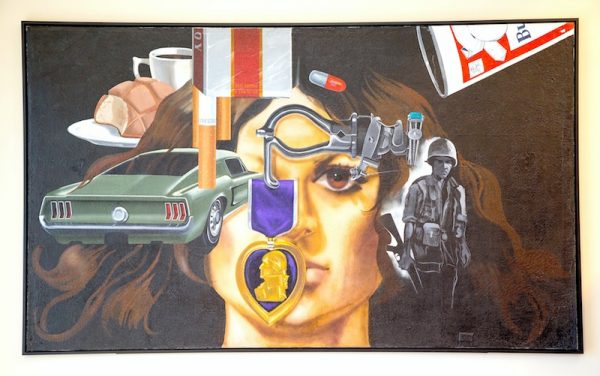
Mi Vida (1971-72) by Jesse Treviño, created in San Antonio. Courtesy of Glasstire.
Jesse Treviño was another Vietnam veteran, he was drafted after his time in art school in New York. In 1967 Jesse was very seriously injured, a sniper shattered his femur and severed an artery while a booby trap left shrapnel wounds on him and the aftermath of this would lead to the amputation of his right hand and forearm in 1970, his dominant hand used for his paintings. It was another veteran named Armando Albarran that encouraged him to start painting with his left hand in 1968, Armando pushed him to it so much that Jesse painted Armando so he would leave him alone. Painting with his left hand was painful, it caused his right side to hurt and it took a few weeks to complete the portrait because of this, it wasn't until 1970 that he would decide to amputate his right forearm.
He thought that the amputation would help with the pain, but it didn't as phantom pain was just as bad. For six months after the amputation, he didn't want to paint, and he began to paint his bedroom wall after some deep introspection. His bedroom wall would become Mi Vida, he holed up in his room to complete in with only spotlights or light. Each subject within the painting related to his experiences in Vietnam and the aftermath of his time there, the purple heart medal he earned, and his prosthetic arm which he glued turquoise onto is featured in the painting. Also featured was the car he bought with his army compensation and what he used to get through his experiences; coffee, cigarettes, beer, and pills.
This is my favorite piece that I chose, the fact that despite what he went through he still succeed as an artist and pushed himself to succeed. I'm also a fan of the collage style that he uses, each object has a specific meaning to him and tells his story, and how the woman's face is half covered but her one eye captivates you.
Yoko Ono & John Lennon
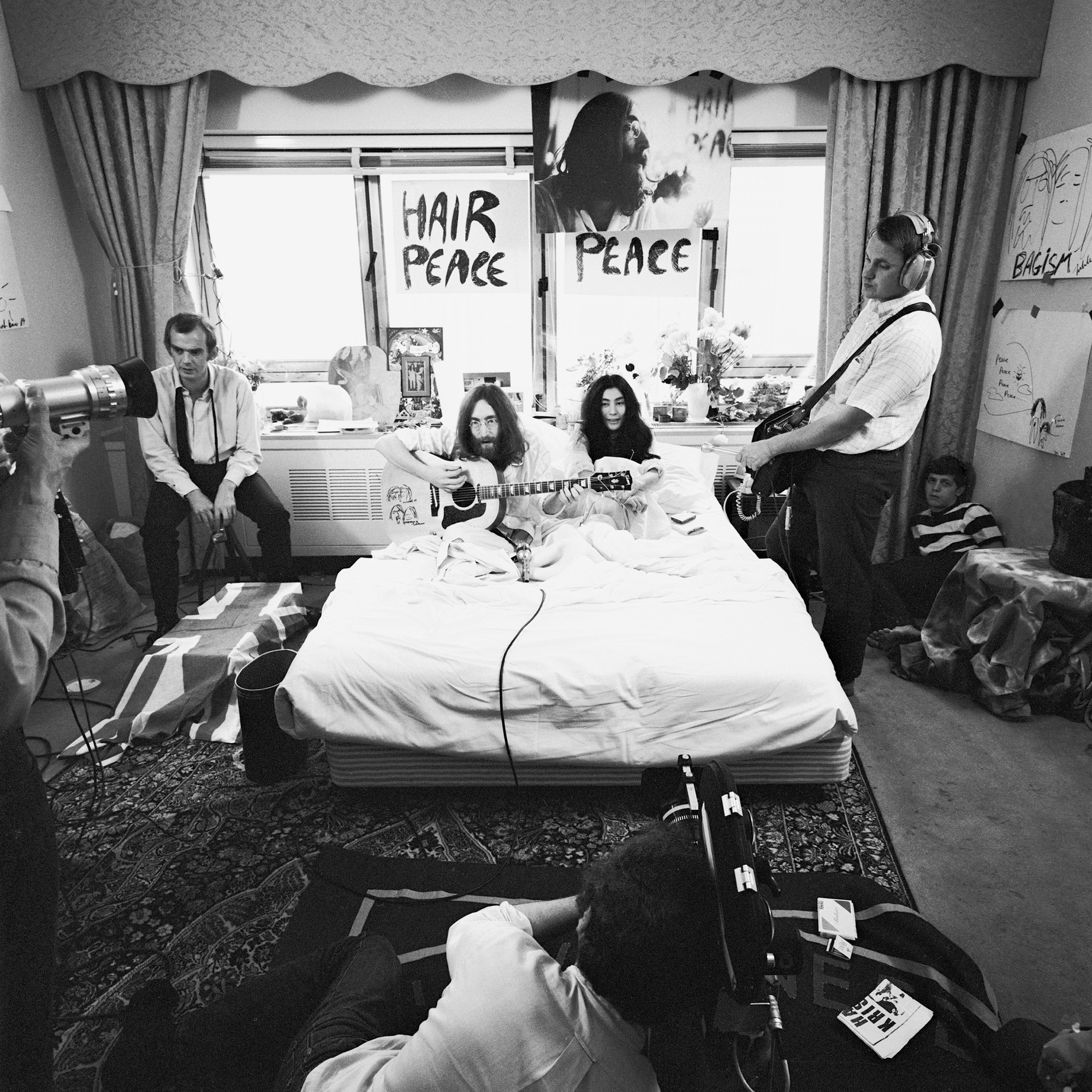
Bed-In (1969) by Yoko Ono and John Lennon in Montreal. Photo by Gerry Dieter. Courtesy of Museum of Modern Art.
The Bed-Ins for Peace were week-long protests by Yoko Ono and John Lennon against wars and to promote peace. These bed-ins were filmed and made into a documentary, they also invited interviewers to come. They, along with some other artists they invited, would sing Give Peace a Chance. They held the bed-ins in Montreal and Amsterdam following their marriage, they hoped to inspire peace and stop the war. These bed-ins would later inspire other artists to do something similar or influence their works.
I appreciate their intentions, but it is my least favorite. I know that they were odd people, but it is a little too odd for me. The fact that the press never really took it seriously also hurt their efforts. But again, I do appreciate them using their celebrity status to promote the things they believe in and try to make a difference.
Philip Jones Griffiths

Philip Jones Griffiths, Vietnam 1980. Both daughters had been born blind due to the damaging effects of Agent Orange. Image courtesy of Philip Jones Griffiths.
The photographs taken by Philip Griffiths are very moving, I highly recommend looking at his Vietnam Inc photobook. Although I should warn that there are some disturbing images within the collection, such as a photo of a Vietnamese dancer who is attacked by U.S. Navy men she was performing for, it is implied that she was raped, and other photos show horribly injured people.
All of the photos he takes are beautiful as they are disturbing, the black and white of the photos add to the story. I feel that if they were in color they wouldn't be as powerful, the lack of color lets the light be more dramatic. The photograph I chose from his collection is of a mother and her two blind daughters, the blindness is a side effect of Agent Orange and other Rainbow Herbicides that the U.S. used in Vietnam. The chemicals damage the genes and cause birth defects, this damage is still felt today in Vietnam. Their father was a truck driver who drove down a road that was repeatedly sprayed with Agent Orange.
The emotions Griffiths is able to evoke in his photos really is unreal, he chose to photograph not just the U.S. soldiers, but civilians and the Viet Cong as well. He set out to tell people the real story of what was going on, even if it was a disturbing reality.
Overall
The Vietnam War influenced many different types of artists and led to a lot of antiwar sentiment and art. It influenced artists from all walks of life, from those who served in the war, civilians, and celebrities. The sheer amount of different art created that was influenced by the war is amazing, there were performance art, paintings, songs, and so many different ways artists chose to interpret the horrors going on. Looking into it could be difficult because of the things that were done and documented, but I think it is important to acknowledge these things. The acts being so publicized on television and for the public to see some of the horrors was very different from past wars where the public really only knew what was approved to be reported on.
Work Cited
Chicago, Judy. “Immolation, from the Portfolio ‘on Fire.’” Smithsonian American Art Museum, americanart.si.edu/artwork/immolation-portfolio-fire-113493.
Cordova, Ruben. “A Baptism of Fire: Jesse Treviño Paints 'Mi Vida'.” Glasstire, 26 Jan. 2019, glasstire.com/2019/01/26/a-baptism-of-fire-jesse-trevino-paints-mi-vida/.
Rosler, Martha. “Martha Rosler. Cleaning the Drapes from the Series House Beautiful: Bringing the War Home. c. 1967-72: MoMA.” The Museum of Modern Art, www.moma.org/collection/works/150123.
Seymour, Tom. “Philip Jones GRIFFITHS: A Legacy in Photobooks • Magnum Photos Magnum Photos.” Magnum Photos, 29 May 2018, www.magnumphotos.com/theory-and-practice/philip-jones-griffiths-legacy-photobooks/.
“Why the Vietnam War Still MATTERS: Connecting the Art of the 1960s to Our Time.” Why the Vietnam War Still Matters: Connecting the Art of the 1960s to Our Time –– Minneapolis Institute of Art, 25 Sept. 2019, new.artsmia.org/stories/why-the-vietnam-war-still-matters-connecting-the-art-of-the-1960s-to-our-time.
“Yoko Ono. Bed-in. 1969: MoMA.” The Museum of Modern Art, www.moma.org/audio/playlist/15/382.
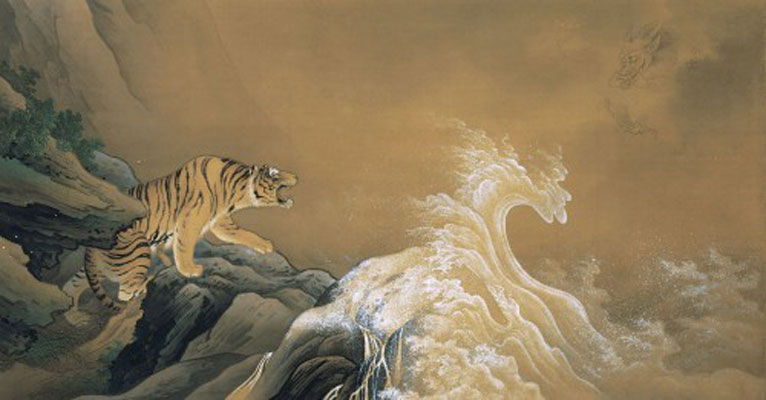
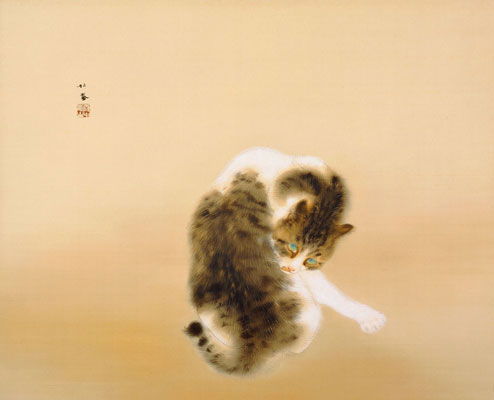









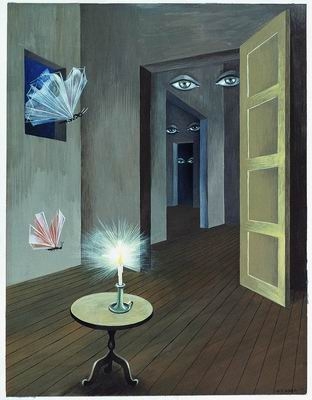


.jpg)
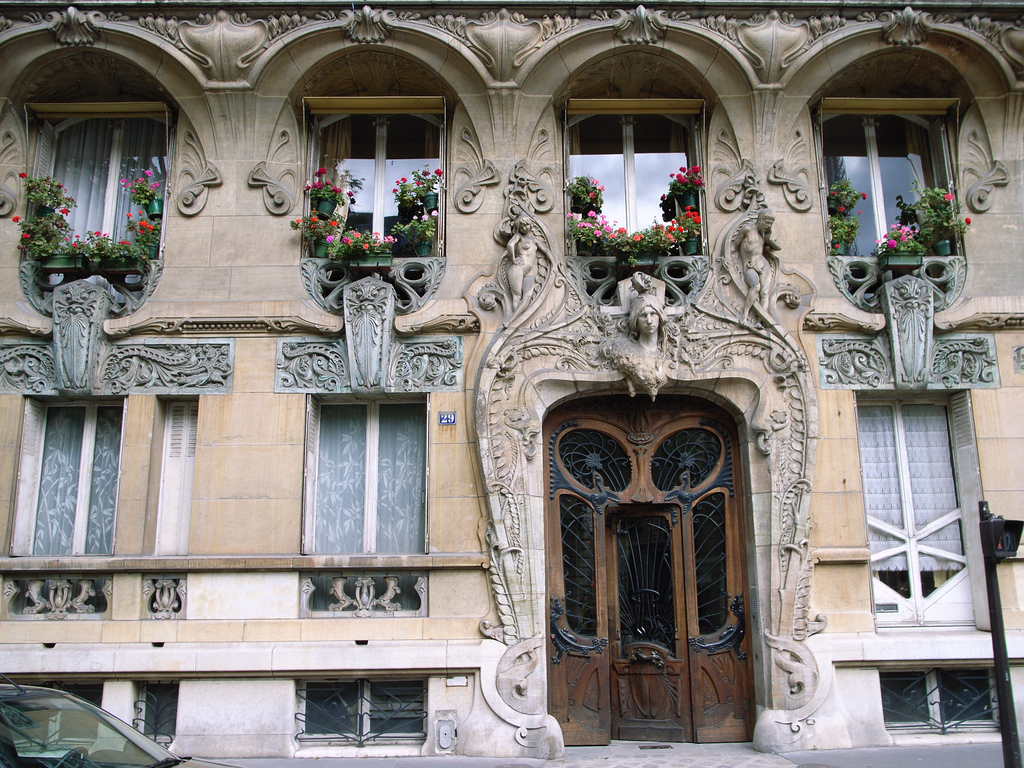
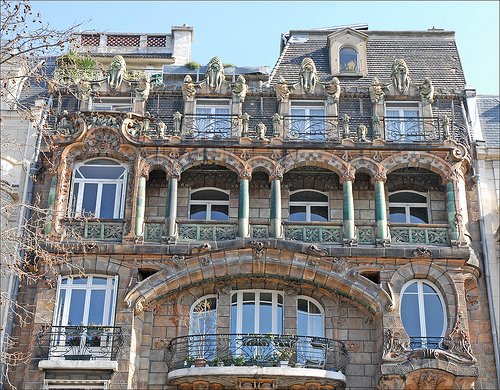
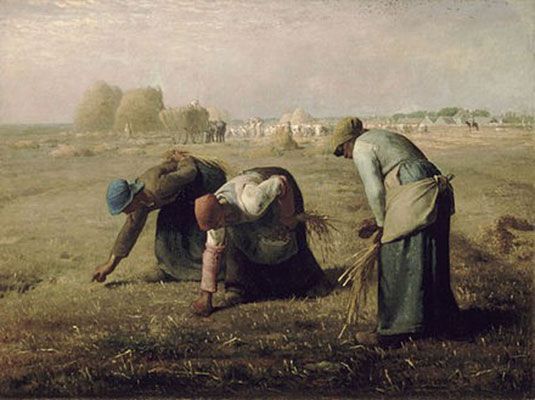



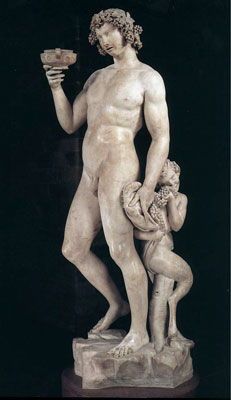

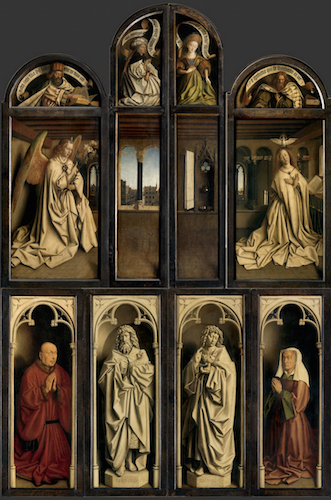




.jpg)